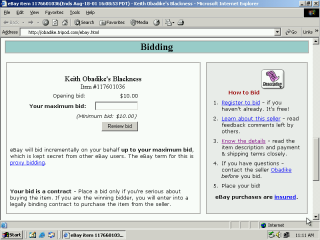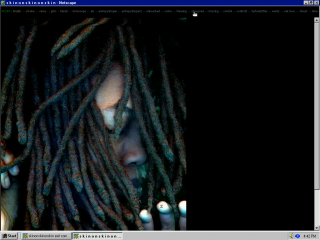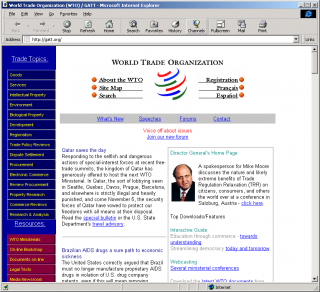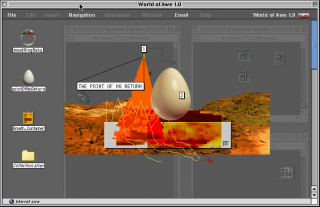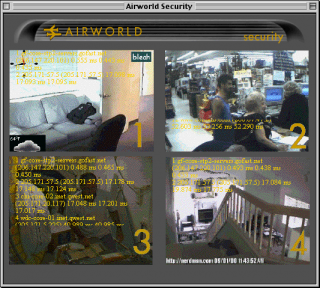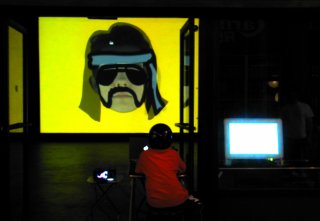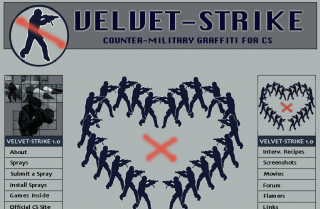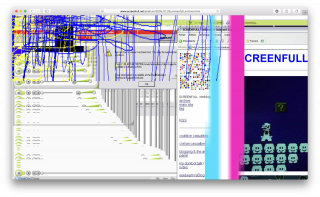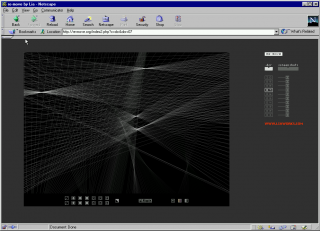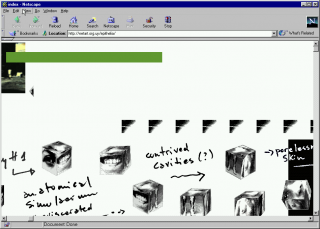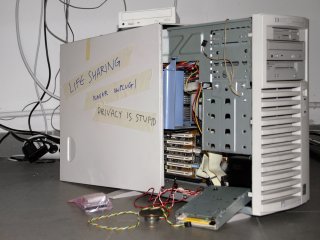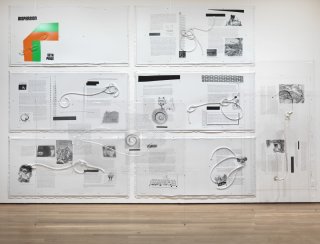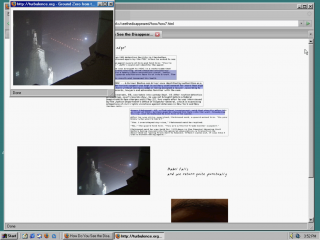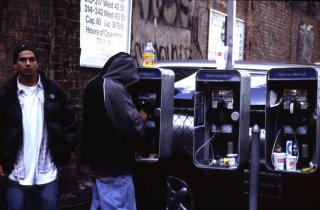Rent-a-Negro
damali ayo
2003
Described by the artist as a “DIY Reparations Performance Project,” damali ayo’s Rent-a-Negro website advertised a business that apparently provided black people to white renters. The website offered specific “services” that white people often expect black people to perform without compensation. Originally intended to include live rentals, the artist abandoned this plan when early responses included violent threats.
Rent-a-Negro, through a very simple online performance, aims a biting critique at contemporary liberal racism, the ongoing commodification of blackness, the objectification of black people, and the lack of regard for the affective and emotional labor that they regularly perform.
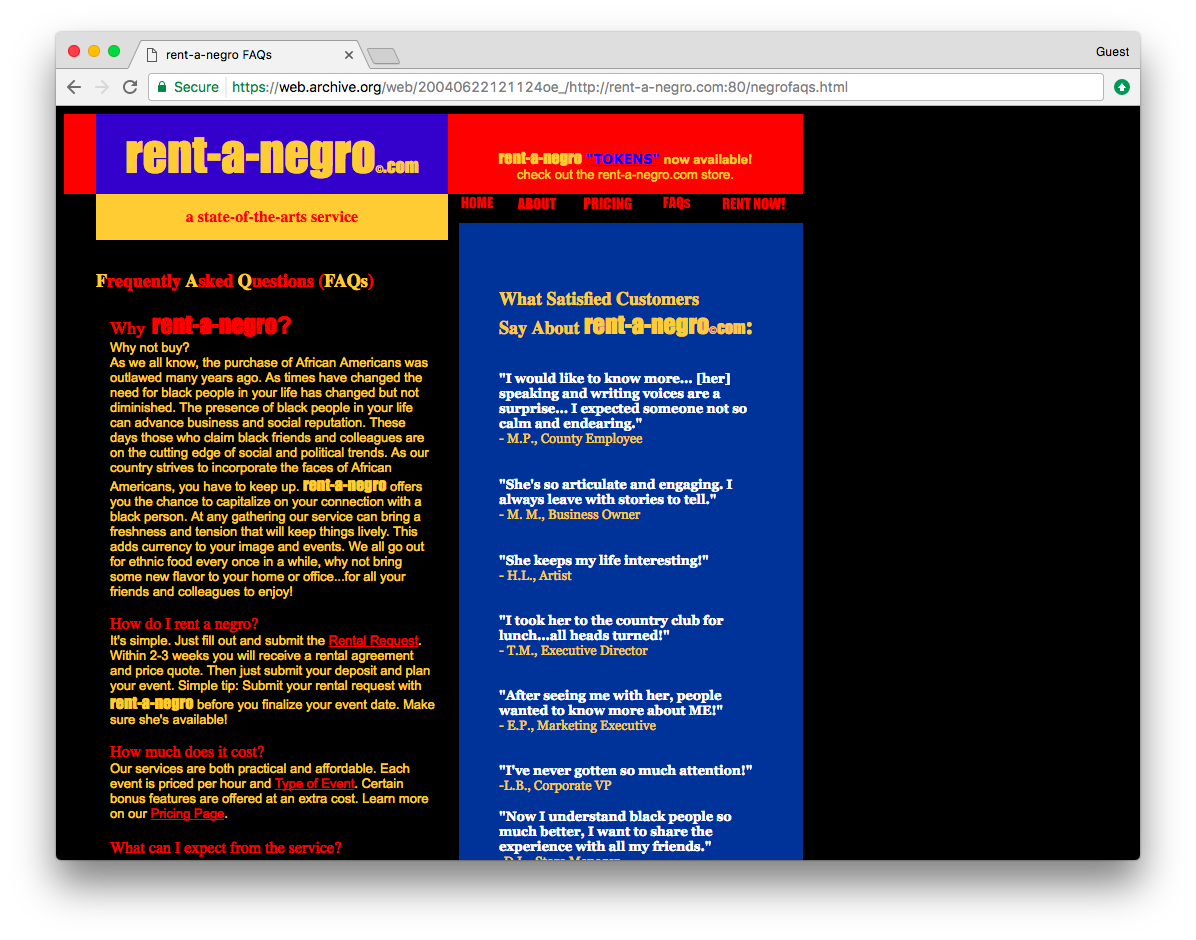 Rent-A-Negro.com, 2003
Rent-A-Negro.com, 2003
VISIT WORK
“Rent-a-Negro is a state of the art service that allows you the chance to promote your connection with a creative, articulate, friendly, attractive, and pleasing African American person.”
Read Manuel Arturo Abreu's "When You Can't Buy, You Rent"
damali ayo’s rent-a-negro.com was a simple html site, made by the artist herself, outfitted with a few pages with just enough information to advertise her imagined Rent-a-Negro service. The site included an ABOUT page with a cheerful description of the service, a page for PRICING, FAQs, and one titled RENT NOW!.
The service features graduated pricing for different tasks based on the amount of time and labor required. ayo offers everything from large scale corporate events to minutiae like fact-checking your references to black culture.
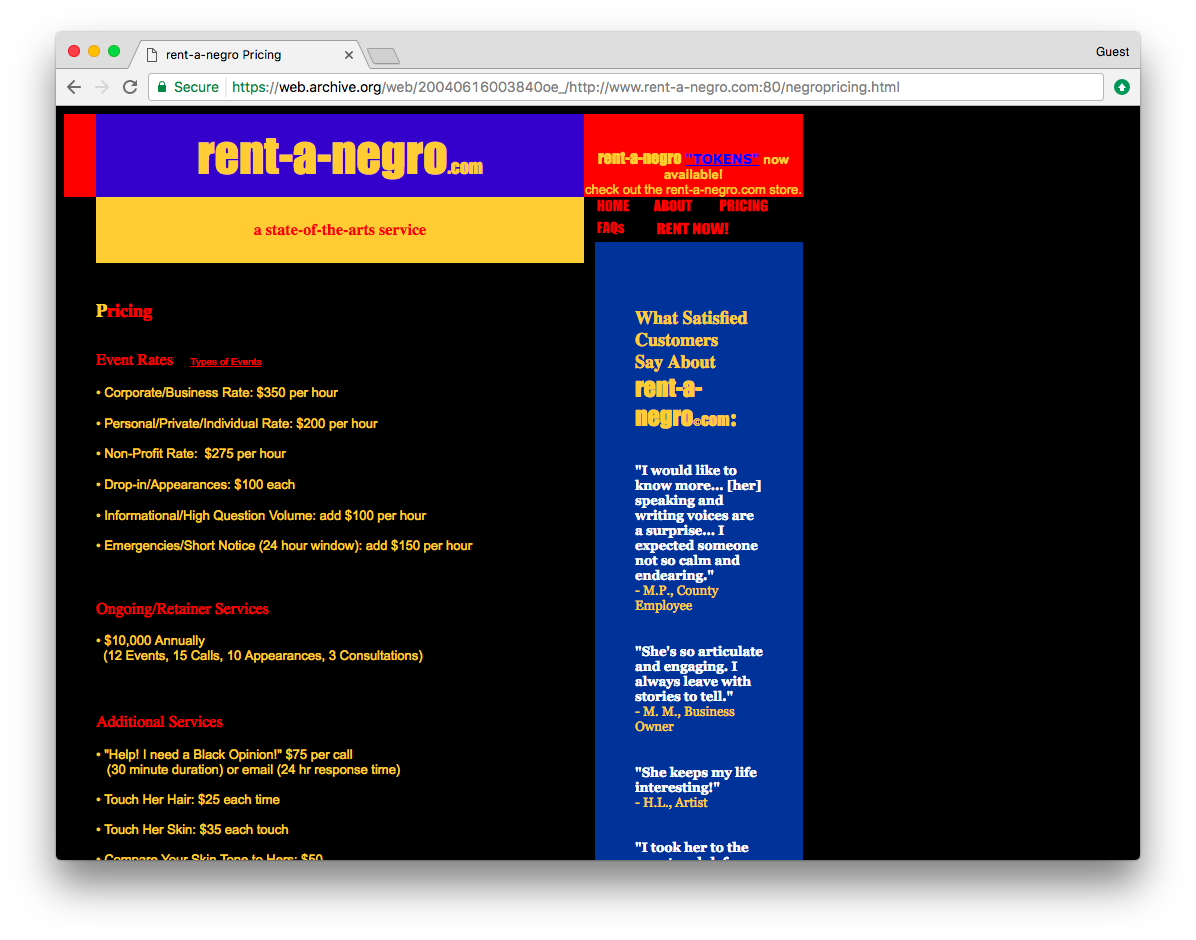 Rent-A-Negro.com, 2003
Rent-A-Negro.com, 2003
The FAQ page features potential questions like: “Why Rent-a-Negro?” and “is this service confidential?”
 Rent-A-Negro.com, 2003
Rent-A-Negro.com, 2003
“We all go out for ethnic food every once in a while, why not bring some new flavor to your home or office...for all your friends and colleagues to enjoy!”
RENT NOW! houses the official Rent-a-Negro order form and rental guidelines. The form is very simple, but includes pointed and clever questions like “have you used black people before?” The rental guidelines are similarly barbed, including a termination clause.
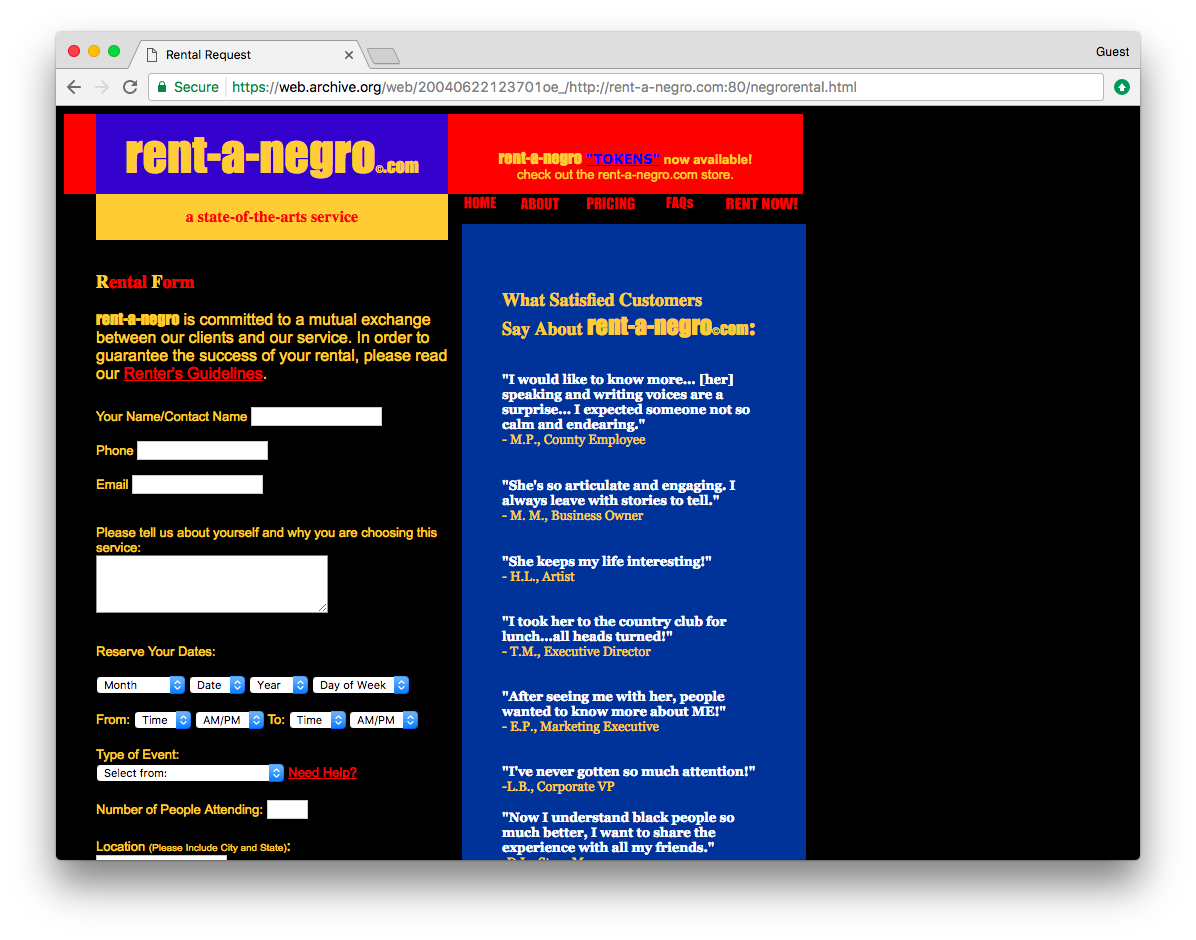 Rent-A-Negro.com, 2003
Rent-A-Negro.com, 2003
Subtleties like these build toward an overall satrical tone throughout the site. On rent-a-negro.com, everything is funny because it’s true.
 Rent-A-Negro.com, 2003
Rent-A-Negro.com, 2003
Read Aria Dean’s conversation with the damali ayo art archive.
Rent-a-Negro elicted a wide spectrum of responses, from very real rental requests, to emails expressing thanks for describing experiences with tokenization, to wildly racist and violent threats.
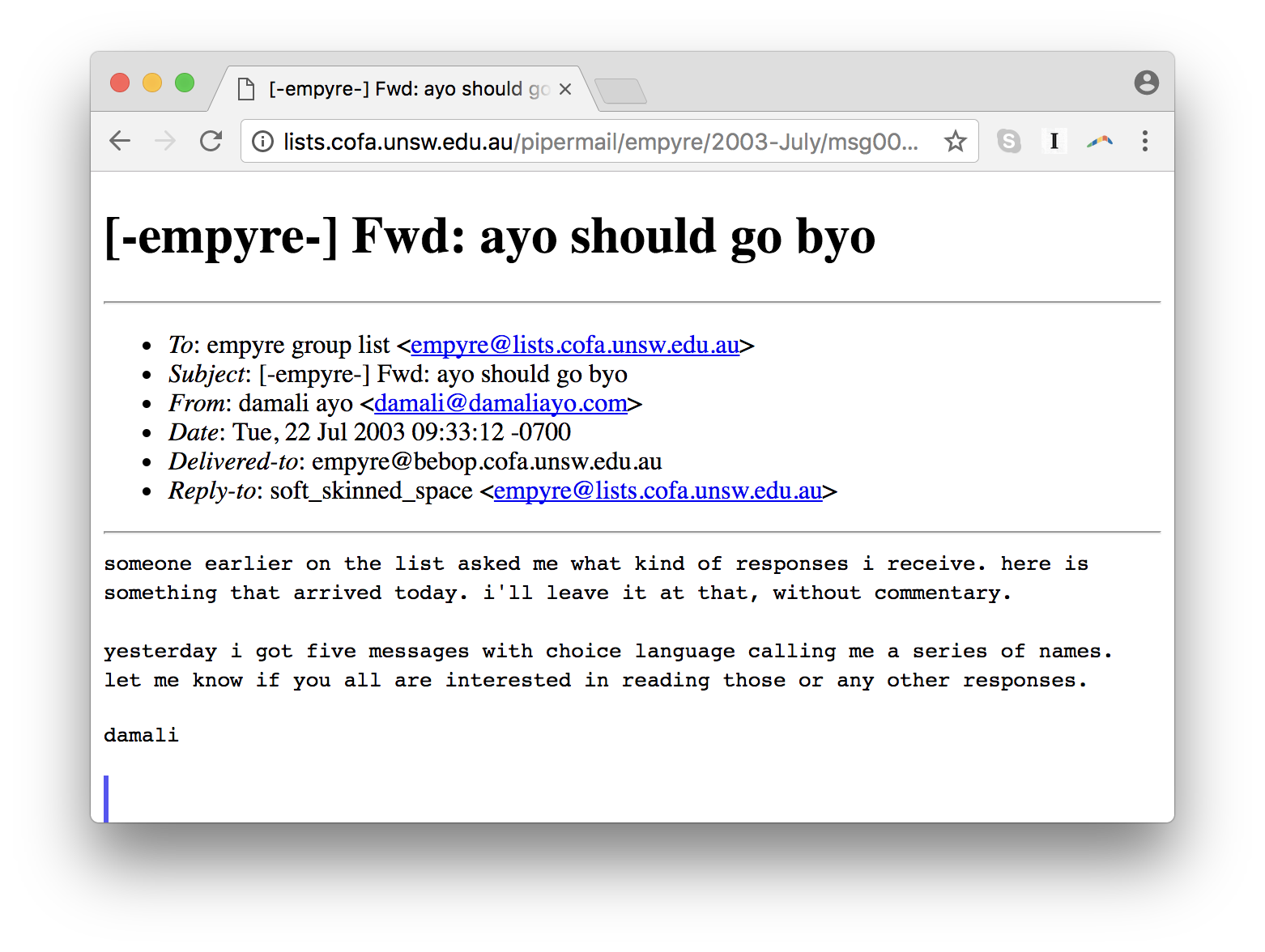 Email from damali ayo to the Empyre mailing list, July 2003.
Email from damali ayo to the Empyre mailing list, July 2003.
It also led to interventions from corporate America. EarthLink, which hosted the website, threatened to sue for exceeding transfer limits. American Express, whose logo was used on the rental form, issued a cease-and-desist letter.
“[It] sounds strange because now everyone wants to talk about race but in 2003 when the work was created, that was not the case...People justified their willful ignorance by declaring a timidity or intimidation to discuss matters of race for fear of being accused of doing it wrong. Humor and the mirror of satire were essential to break these habits.” —damali ayo art archive
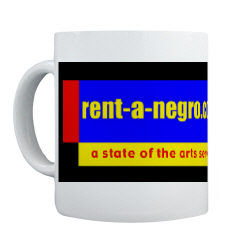 Mug offered for sale on the Rent-a-Negro online store.
Mug offered for sale on the Rent-a-Negro online store.
The work’s exploration of race relations resonates on a number of levels. On the level of experience, it highlights and accelerates the affective and emotional labor–labor which is essential to any society, but is typically undervalued in a capitalist system–that is regularly performed by black individuals.
The performance also comments on how non-black people view blackness as a commodity, and black people as objects. The performance harnesses these racist understandings of black people-results of the structuring logics of capitalism and chattel slavery—detourning them toward a reparative structure. Philosophically, rather than exploring blackness as a material or force separable from black people, Rent-a-Negro offers an embodied perspective on race.
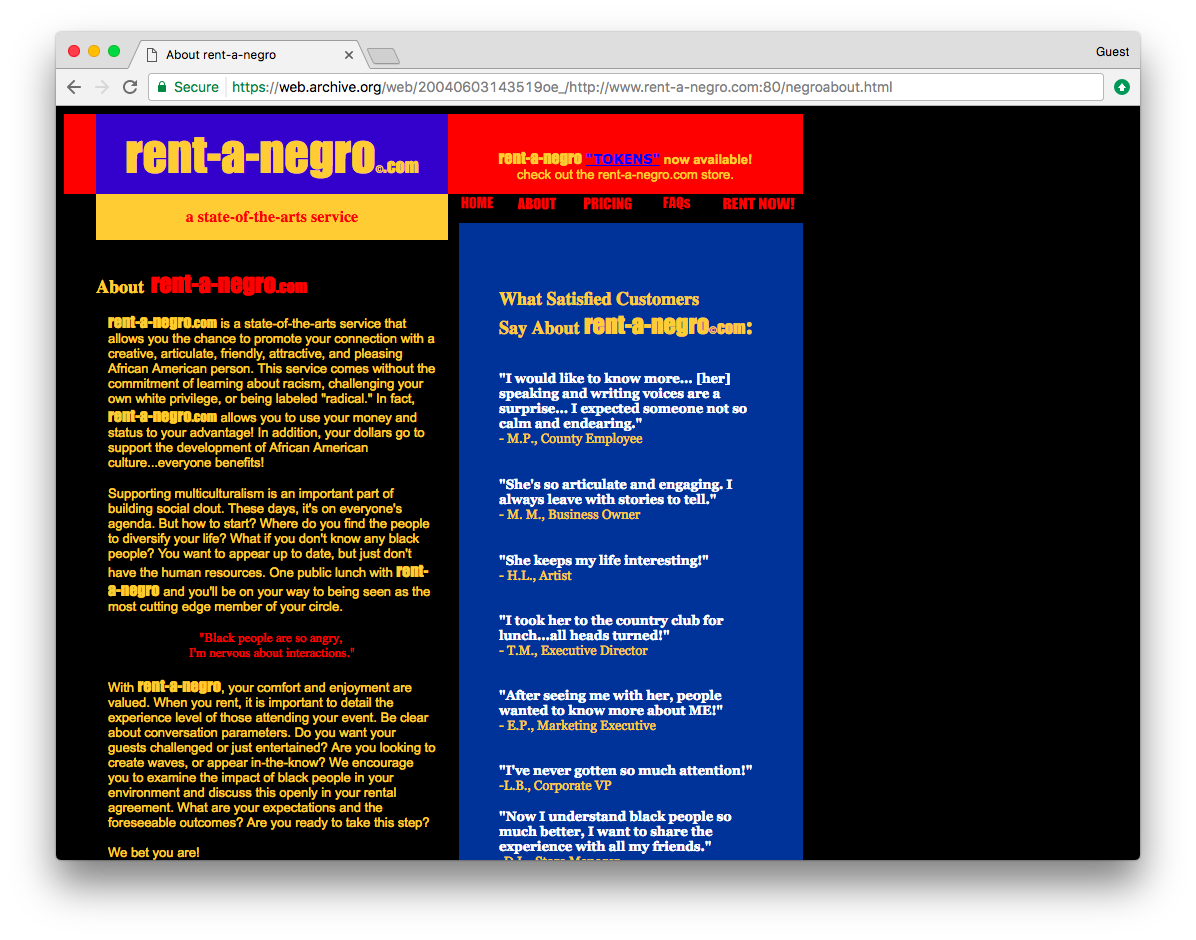
“It raises the question, can we control how others see us? The answer given is ‘no, we can’t’ but we can make you think twice about what you are really doing. The work all strove to wake people up and see things in ways they had been willfully ignoring. It left viewers no more room for their comfortable denials.”
— damali ayo art archive
 Screenshot of Rent-a-Negro online store (detail).
Screenshot of Rent-a-Negro online store (detail).
ayo’s practice in general, and Rent-a-Negro in particular, follows in the tradition of conceptual art. In general, the performance takes cues from 1970s conceptual artists, and from black conceptual artists who staged provocative scenarios in public spaces for audience members of all races such as William Pope.L’s crawl series, David Hammons’s Bliz-aard Ball Sale (1983), and Adrian Piper’s Catalysis series.
